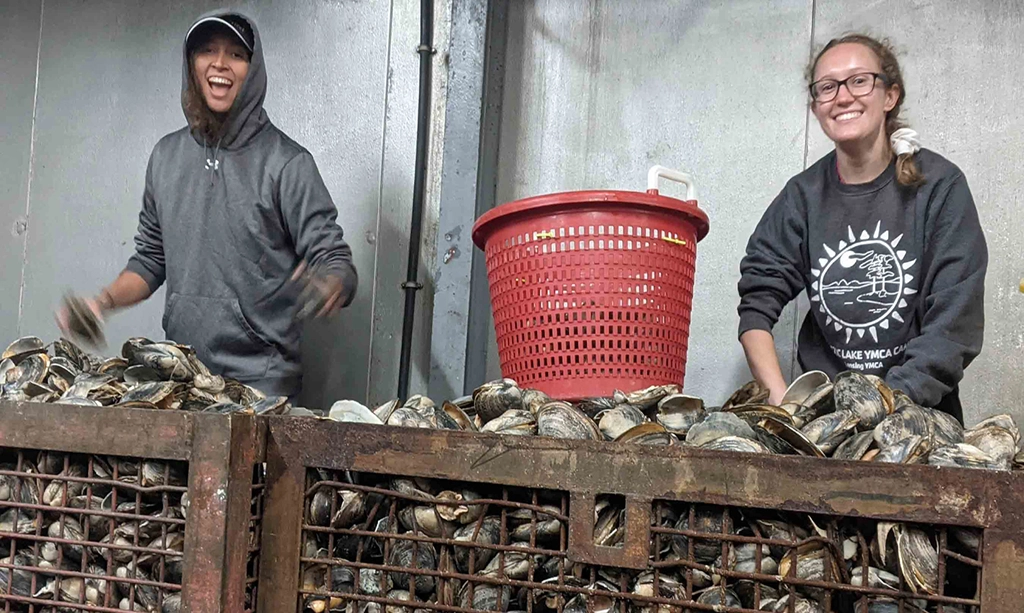Rutgers scientists point to improved environmental conditions as possible reason
The Atlantic surf clam, an economically valuable species that is the main ingredient in clam chowder and fried clam strips, has returned to Virginia waters in a big way, reversing a die-off that started more than two decades ago.
In a comprehensive study of surf clams collected from an area about 45 miles due east from the mouth of the Chesapeake Bay, Rutgers scientists found the population to be thriving and growing. A likely reason could be that environmental conditions improved, and another possibility is that the clams adapted, the scientists said. The report, published in the science journal Estuaries and Coasts, details the characteristics of a population of healthy-size surf clams of different ages living just under the surface of the sandy ocean bottom.
And it’s all a bit of a surprise.
“It’s unexpected and it’s good news,” said Daphne Munroe, an associate professor in the Department of Marine and Coastal Sciences in the Rutgers School of Environmental and Biological Sciences, and an author of the study. “They disappeared some time ago – we thought they were gone. But we found there were more clams there than we thought we were going to see. And they are flourishing.”
Full article at Rutgers Today




